2022 Virtual Fair Lectures
Mushroom Talks on zoom
Monday January 10 - Friday January 14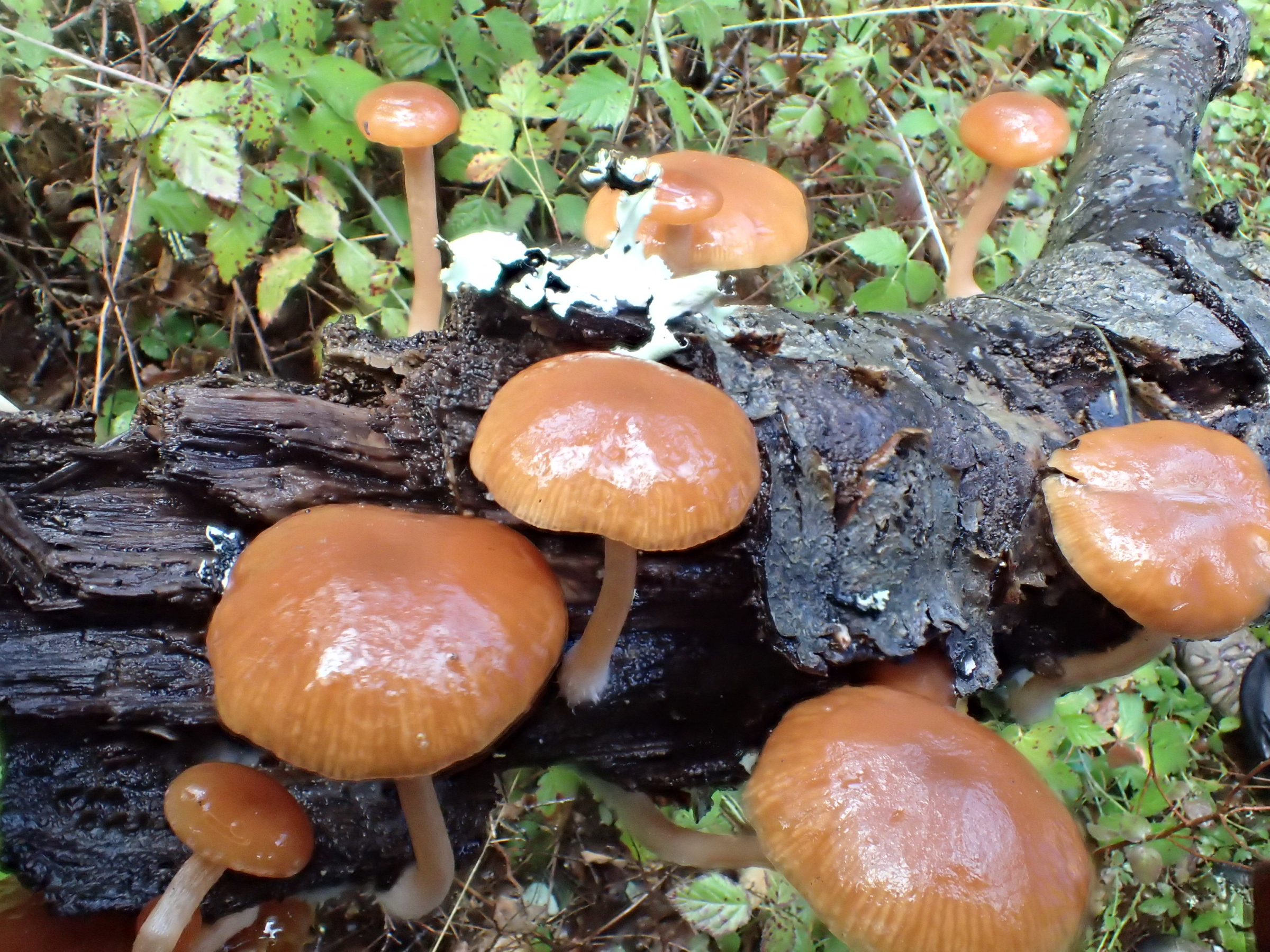
7:00 - 9:00 pm Join Zoom Meetings Here
While the official talks will begin at 7:30 pm each evening, the zoom session will open at 7:00 pm for informal discussion and to allow everyone to get comfortable before the speaker begins. If the the zoom room is full or if anyone is not comfortable using zoom, the talks can also be viewed on the FFSC YouTube channel by using the link on the right of this page (or bottom of page for cell phone users.)
Speakers
Christian Schwarz Monday Jan 10
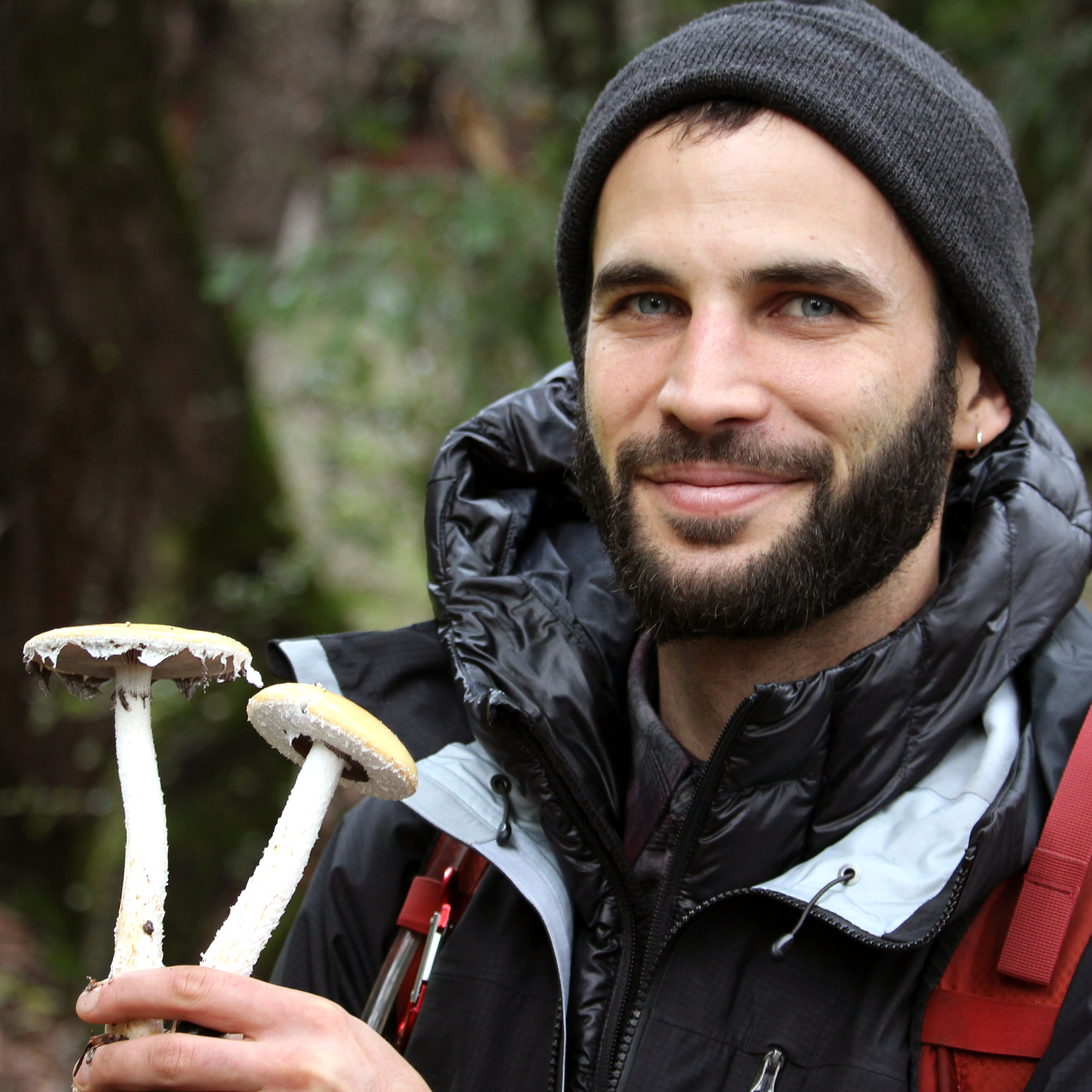 Sea Islands, Sky Islands, & Dry Islands: the Biogeography of Macrofungi
Sea Islands, Sky Islands, & Dry Islands: the Biogeography of Macrofungi
View on the FFSC YouTube Channel
Making maps of the distributions of organisms is one of the most fascinating topics in all of natural history. The theory of island biogeography serves asn ideal starting point in understanding broader patterns of dispersal, extinction, and adaptation. How do fungi behave in comparison to other groups of organisms? In what ways do island-dwelling individuals differ from their mainland brethren? We'll explore all these topics and more!
Christian Schwarz is a naturalist currently living in Santa Cruz, the land of milk (caps) and honey (mushrooms). He studied Ecology and Evolution at UCSC, and now spends his time photographing, teaching about, collecting, and researching macrofungi. He is coauthor of "Mushrooms of the Redwood Coast”. Fungi satisfy his curiosity with their seemingly endless forms – from the grotesque to the bizarre to the sublimely beautiful. Besides dabbling in mushroom taxonomy, he loves fish, plants, nudibranchs, moths, and dragonflies. He is passionate about community science, especially iNaturalist. He is a Research Associate at the Norris Center for Natural History at UC Santa Cruz as well as the Santa Barbara Botanical Garden
Christopher Hobbs Postponed, check back soon for rescheduled date
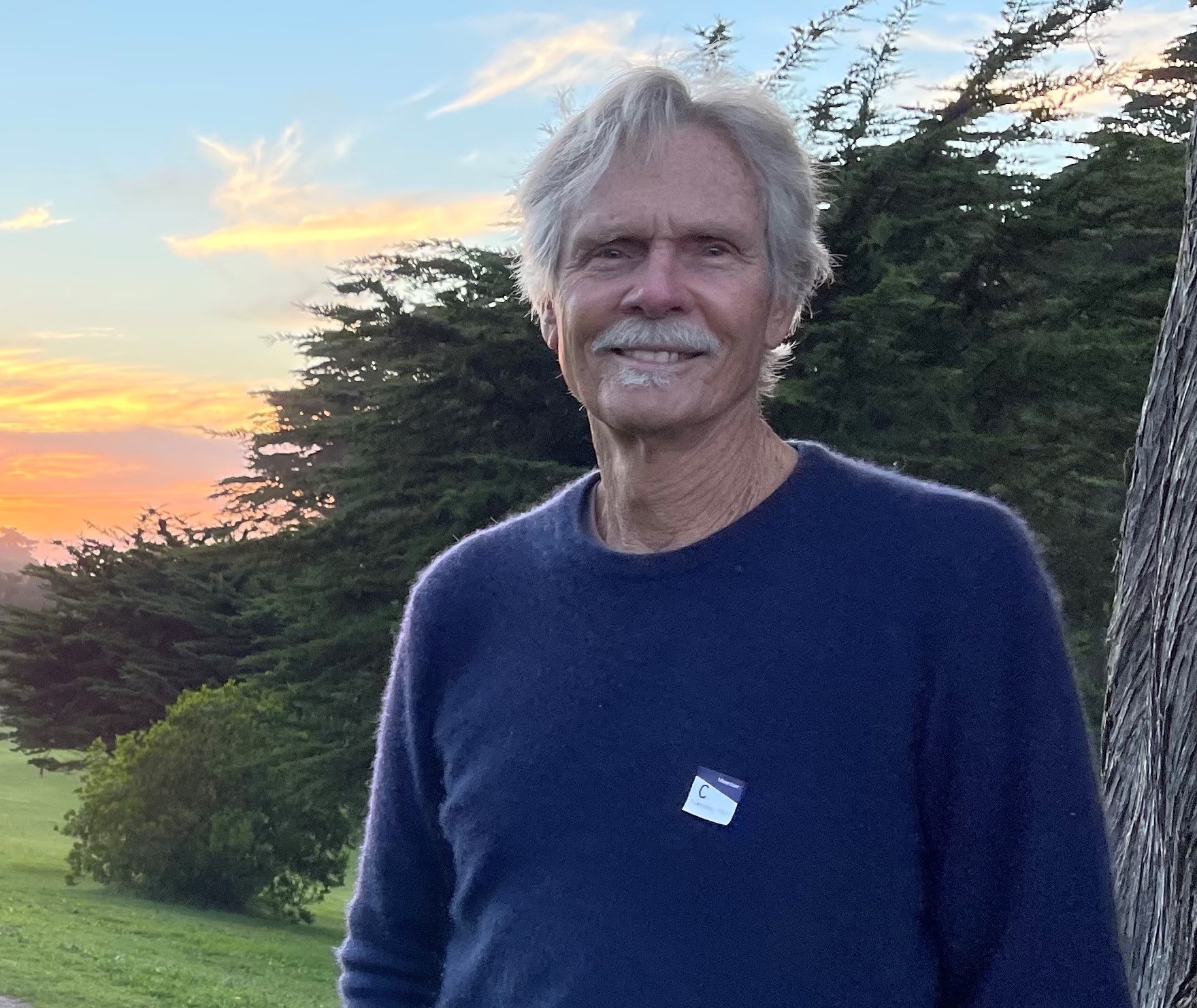
Mushroom Medicine: Latest News, Product Controversies, and Uses
Author of the groundbreaking text, Medicinal Mushrooms (1995). Dr. Hobbs will discuss the historical and modern uses of fungi for medicine, and their place in modern integrative health and medicinal practices. Discover how mushrooms work to activate our immune responses. A thorough and succinct review of the science and traditional use of the most widely-researched medicinal mushrooms (especially turkey tails, shiitake, cordyceps, maitake, and chaga), based on many years of on-going clinical practice will be presented. Discover the health-promoting benefits of eating mushrooms regularly, including their nutritional and medicinal value. Current experience in integrative oncology will be shared, with case reports, effective use, and expected outcomes. A special emphasis on how to collect or purchase fruiting bodies and make the best extracts and preparations, as well as choose the best commercial products including a discussion about recent controversies such as mycelium vs. fruiting body and the use of the word "mushroom."
Dr. Christopher Hobbs is a fourth-generation, internationally renowned herbalist, licensed acupuncturist, herbal clinician, research scientist, consultant to the dietary supplement industry, expert witness, botanist, mycologist with over 35 years of experience. The author or co-author of over 20 books, including the new “Christopher Hobbs’s Medicinal Mushrooms, the Essential Guide.” Christopher has lectured on herbal medicine world-wide. He earned his Ph.D. at UC Berkeley with research and publication in evolutionary biology, biogeography, phylogenetics, plant chemistry, and ethnobotany.
Luca Hickey Wed Jan 12
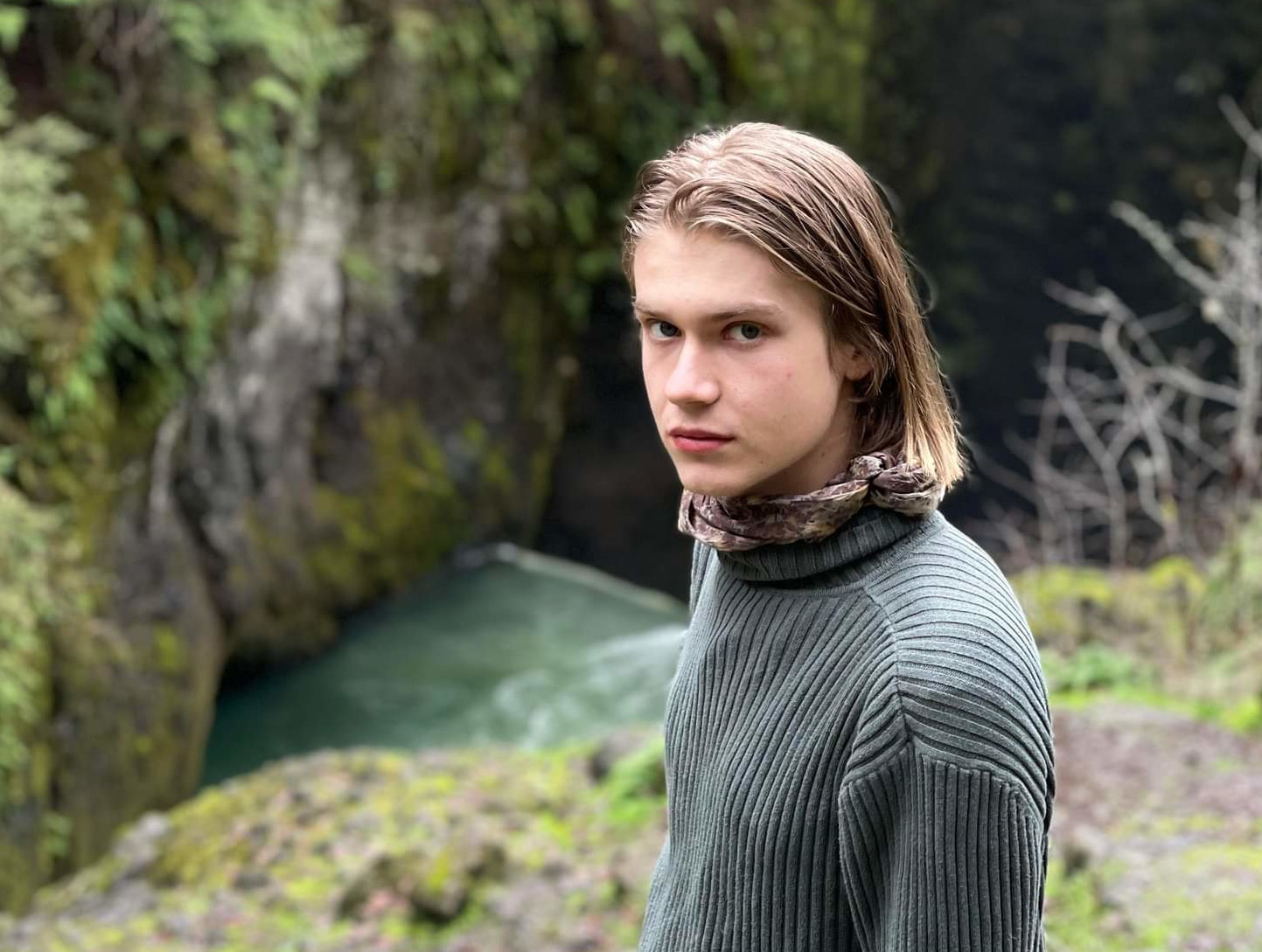 Often Mysterious Fungal Relationships in Different Habitats
Often Mysterious Fungal Relationships in Different Habitats
View on the FFSC YouTube Channel
The majestic Coast Redwoods are some of the most iconic trees in the world, renowned far and wide for their size, colors, and the uniqueness of their habitat. While not associated with many edible mushrooms, these forests are home to many colorful, rare, and otherwise wonderful fungi. While the redwoods stop just north of the Oregon/California border, other trees in the family reside in the great rainforest of the Cascades. These related trees can create extremely similar conditions, and many redwood mycota are found in western redcedar forest in the Northwest. We will cover the often-mysterious relationships between these fungi, the habitat composition, and the strange ability of these mushrooms to inhabit wildly different habitats around the world.
Danny Miller Thursday Jan 13
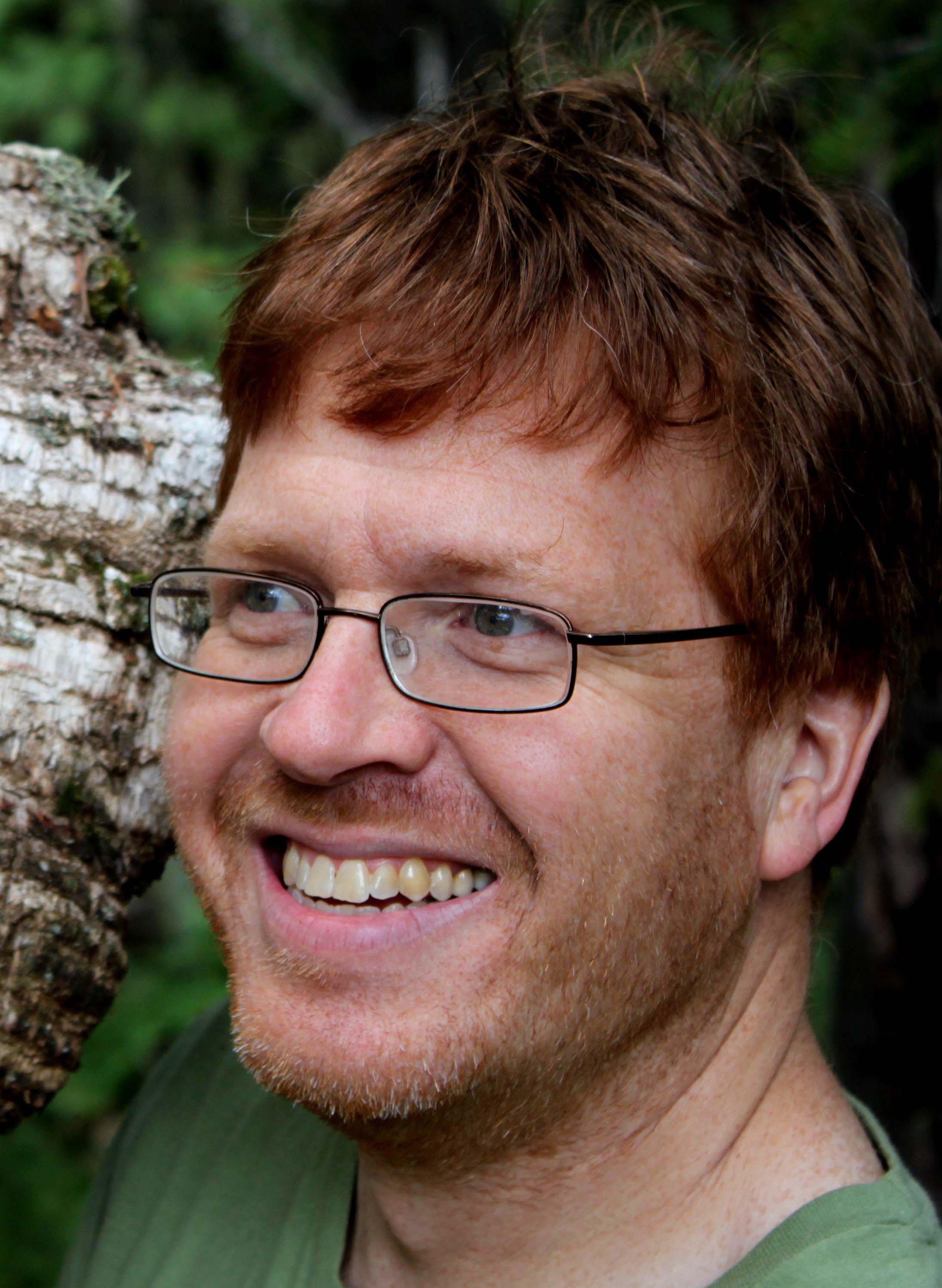
DNA for Dummies: The biggest revolution since the invention of the microscope
View on the FFSC YouTube Channel
Is DNA sequencing really the last word in our two hundred year old quest to classify and name mushrooms “correctly”? What does it mean and how does it work? What are some of the biggest surprises we’ve learned? Danny will take a stroll through the history of the biggest fungal taxonomic discoveries and our quest for “truth”.
Danny first got interested in Mushrooms in 2007 after seeing strange colourful creatures in the forest all the time while hiking and skiing off trail, and finally decided he had to find out what they were. The more he learned, the more interesting they seemed, and it just hasn't stopped.
Danny is the Education Chair for the Puget Sound Mycological Society, helping to design and teach the curriculum for the club's mycology classes. He is also the club Librarian, and ID Committee co-ordinator and an emergency poisoning point person for King County Washington Poison Control. Danny also belongs to the PNW Key Council, a group of amateur and professional mycologists and is a co-author of MycoMatch (formerly MatchMaker) with Ian Gibson, the free PNW mushroom ID program for the PC. He has a big interest in taxonomy and figuring out where all of the mushrooms fit into the fungal tree of life.
Maria Morrow Friday Jan 14
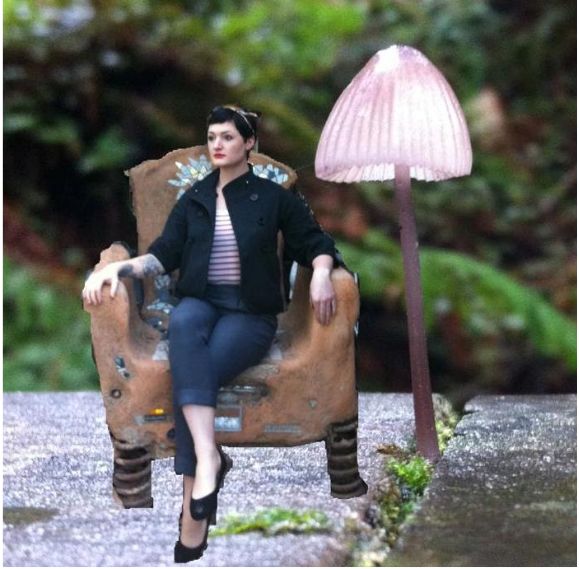
Adventures of a Microcosmonaut
View on the FFSC YouTube Channel
Are your big, dumb human hands preventing you from gently observing the tiny worlds on sticks, logs, moss patches, and other tiny ecosystems? Do your massive human feet endanger the inhabitants with their clumsy enormity whenever you try to approach? Fear not! For this not-strictly-fungal adventure, we will explore these tiny, secret landscapes through the eyes of a Microcosmonaut. We'll meet a few lichens, bryophytes, slime molds, invertebrates, and, of course, many tiny fungal species. Come and learn the language of the littles!
Maria Morrow is a professor of botany and environmental science at College of the Redwoods in Eureka, California. She grew up in the wonderfully damp city of Seattle and somehow managed to learn nothing about fungi until she moved to California in 2012 and took Terry Henkel’s Forest Pathology course at HSU. Since then, she has been digging in the duff, looking at logs, and even prodding at poop to get a better understanding of this mysterious kingdom of life. She studied fungal genetics and forest pathology at U.C. Berkeley and is currently working with the Humboldt Bay Mycological Society to survey the macrofungi of Redwood National Park.

